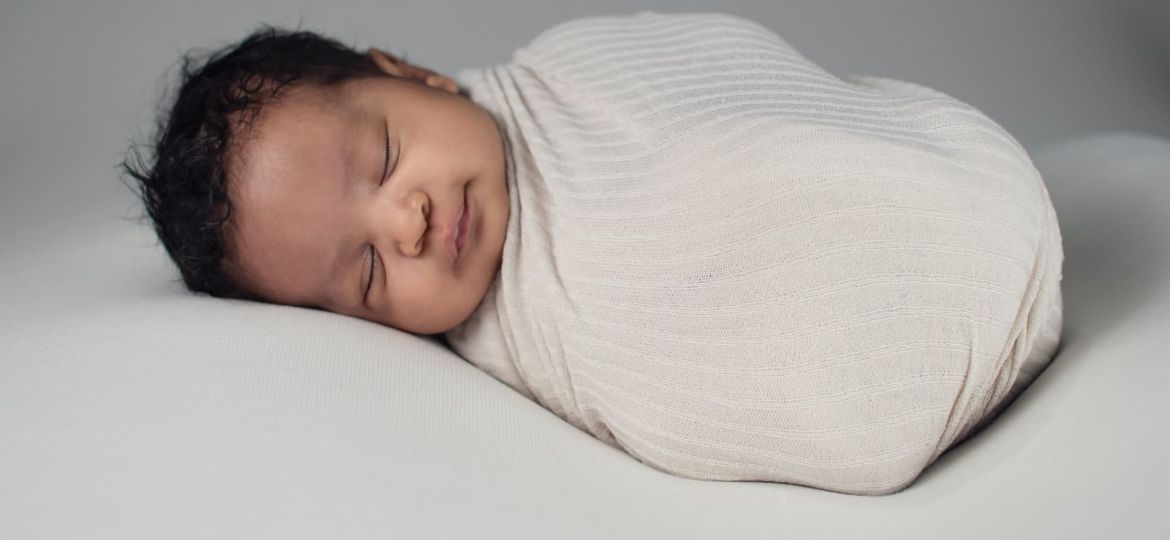
That’s it, you are ready for the arrival of your child! His room is decorated, he has a brand new stroller, the necessary for his multiple bottles and even his first blanket. But you haven’t thought about diapers at all and your budget has already taken a serious hit. No need to panic! You can opt for a relatively economical solution: cloth diapers. Far, far away from our grandparents’ diapers, they exist today in many models. But it’s not easy to find your way around without some explanations.
Five cloth diaper systems, the ideal way to save money
Among the 5 existing models on the market, the first one is the diaper to tie. A simple square of fabric that is tied in front, it is topped with a protective cover. It is ideal for the first months, because the child moves only very little. There is also the classic diaper in the form of panties, equipped with elastics at the thighs and at the waist to adapt to the morphology of the baby. Then there are three types of diapers made of solid elements. The first (TE1) looks like a classic disposable diaper. It combines a diaper and a diaper cover. Faster to put on than the previous models, it is still necessary to wash the whole with each pee. The TE2 also takes the shape of the disposable diaper, but unlike the TE1, the two parts are assembled by scratch. They can thus be dissociated for the washing. Finally, the TE3 remains a little known evolution. Its pants are not waterproof like the two previous models. As for the diaper, it is placed in a kind of basket and can be changed more quickly, or be replaced by a disposable diaper.
To not sacrifice comfort, choose the right material
The second parameter to take into account, because it directly affects the comfort of the newborn: the material. Your child will wear his diaper non-stop during the first months. Cotton, a classic, has the advantage of drying quickly. Bamboo is very resistant to washing while remaining very soft. Hemp, another option, is less polluting during its manufacture and especially avoids the proliferation of bacteria. Microfiber is only of interest if it meets a manufacturing label. It dries quickly, but is not very absorbent. Finally, Tensel, made from eucalyptus pulp, has an interesting advantage. Indeed, it is able to regulate the temperature of the diaper, which makes it a criterion of comfort for the baby. And what to choose for the panties? Either laminated polyurethane, otherwise known as PUL, which is easily found. It is waterproof, but beware, the dryer is its worst enemy! Or fleece, easy to care for, but does not appreciate hard water. Finally, wool can be a reasonable choice for fragile skins.
Efficiency is often a matter of size
Here it is simpler, because in general there are only two options. The first one is the unique size, which as its name does not indicate it, can vary! It generally uses the classic coding system XS, S, L… As the baby grows, we change size to avoid leaks and ensure a good fit. We also avoid unsightly lumps on the backside! The evolutionary model, on the other hand, adapts to the newborn whose weight varies between 5 and 15 kilos. You just have to adjust it with the help of snaps. Very practical therefore, because it is enough to buy a few specimens for long months. On the other hand, under 4 kilos, this model does not fit enough. Very practical, because you only need to buy a few pieces for a long time. On the other hand, under 4 kilos, this model does not fit enough.















